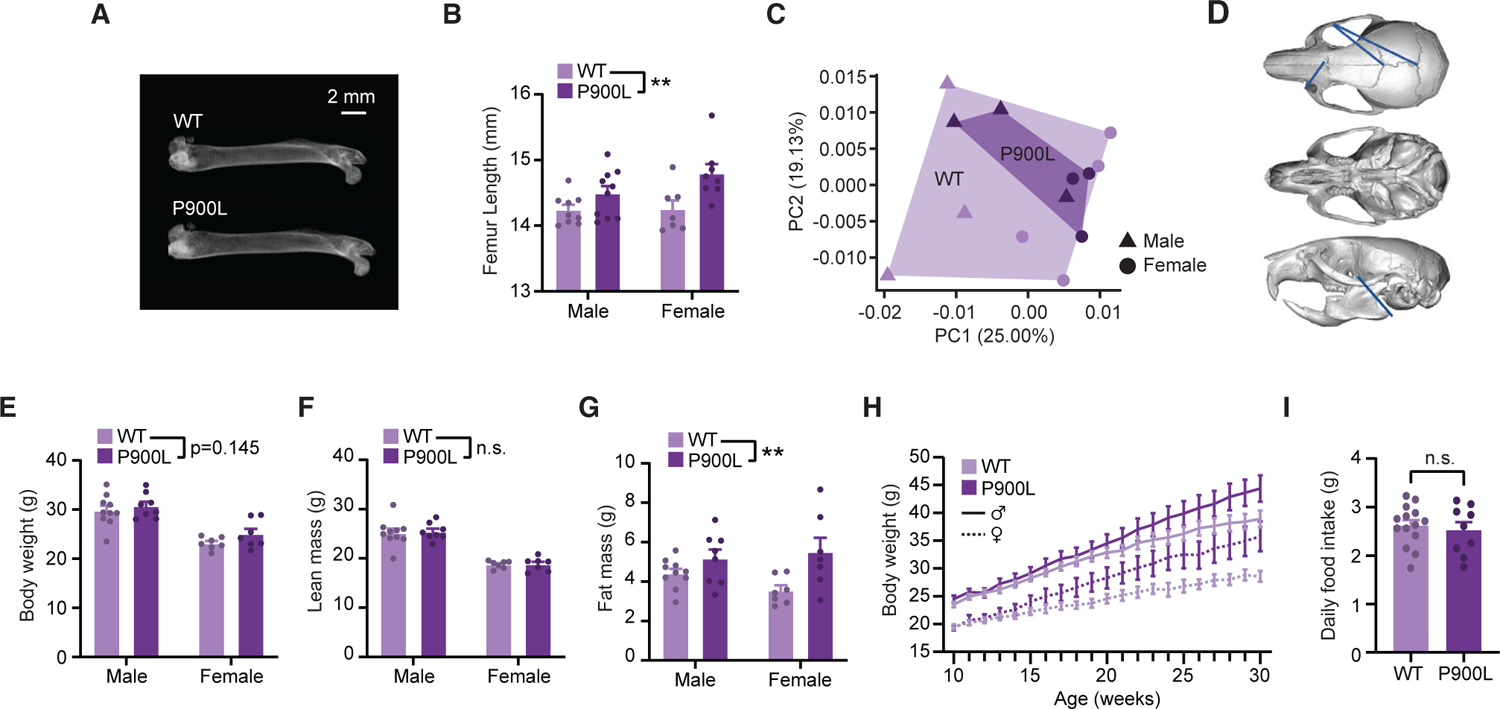Figure 1. P900L mutants have increases in bone length and progressive obesity.

(A) Representative dual X-ray image of femurs isolated from 30-week-old WT and P900L littermates.
(B) Quantification of femur length.
(C) Principal-component analysis of skull landmark distances.
(D) Example image of reconstructed skull from μCT imaging with significant linear distances shown. Blue lines indicate distances that were significantly longer in the WT compared to the P900L. No distances were significantly longer in the P900L.
(E) Quantification of body weight.
(F and G) EchoMRI measures of lean mass and fat mass.
(H) Body weights of animals on a high-fat diet measured weekly for 20 weeks (three-way repeated measures ANOVA; genotype p = 0.022; genotype by time p < 0.0001).
(I) Daily food intake between 30-week-old WT and P900L animals fed a high-fat diet for 20 weeks (unpaired t test p = 0.624). Results are expressed as mean ± SEM. No significant sex-genotype interactions observed. Detailed statistics and sample sizes are in Table S1.
